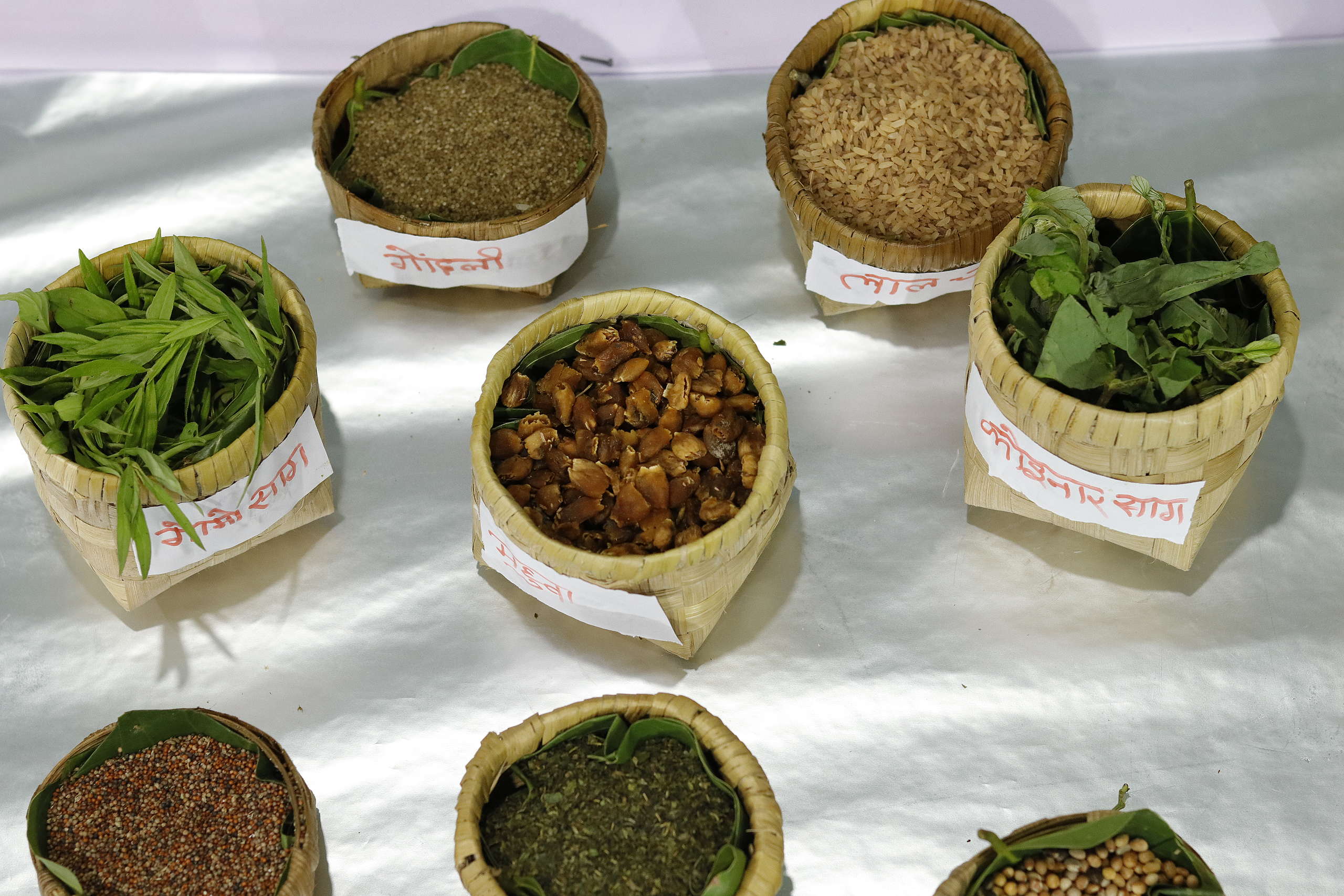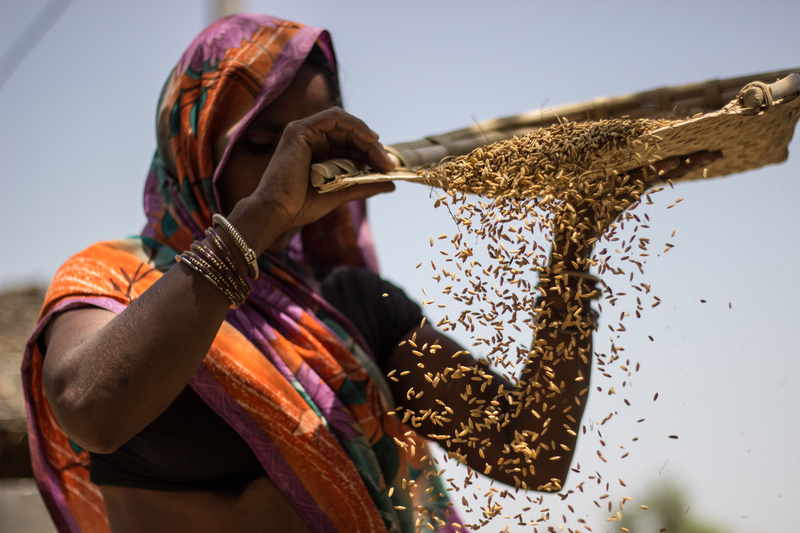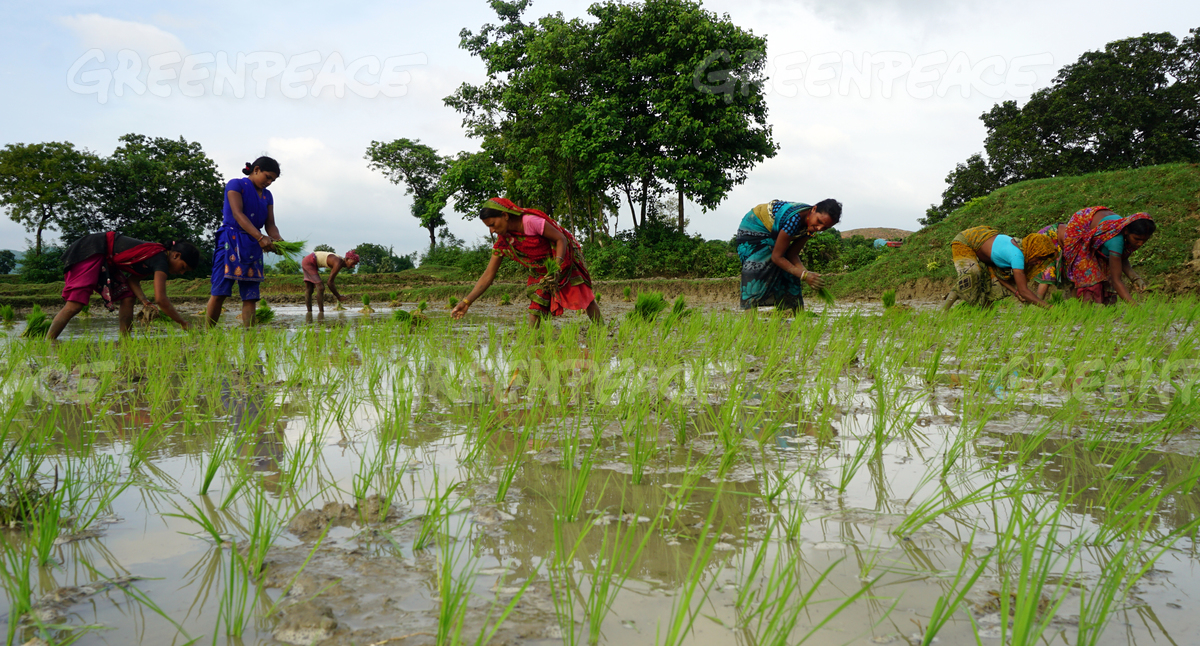One may often think that what happens in rural India, has very little impact on those living in urban metropolises. However, the crisis of safe and nutritious food affects everyone from the farmers in the fields to us, the consumers. The nutritional values of our food is on a decline in the last 3-4 decades. For example, the carbohydrate content in wheat has declined by 9% since 1989. The National Institute of Nutrition (NIN) attributes this degeneration to deteriorating soil health, intensive agricultural practices and increase in atmospheric carbon. For healthy food, we first need healthy farming and that’s why the Bihar Living Soils (BLS) model was born.
The transformation of Kedia Village in Bihar is an inspiring story that shows change is possible even in the toughest situations. Today, the Bihar Living Soils model is motivating other villages across Bihar to adopt eco-friendly fertilisation and pest management solutions. But before we take the movement to more states across India, here’s a glimpse at how we got here.
Looking Back at Kedia
Traditional practices of ecological farming have been lost to harmful chemical-intensive farming which has become the conventional practice. Chemical-based farming deteriorates the soil and its ecosystem. This in turn, accelerates the climate crisis by increasing the frequency of droughts due to the soils’ inability to retain water. The harmful impacts can clearly be noted in the decline of India’s agricultural growth rate from 8.37% (1960-1970) to 2.61% (2000-2010). Chemical pesticides also present numerous health hazards which have claimed approximately 400 lives across India between 2015-2018. Like many other villages in India, Kedia farmers practised chemical-based farming for many years. This led to extreme damage that severely impacted their agricultural productivity and ecosystem.
Ecological Agriculture is the future
The Turning Point for Transformation
In 2014, Greenpeace India reached out to the Kedia farmers and the Bihar Living Soils (BLS) model of ecological farming was developed. We worked together with the Kedia farmers collective – Jivit Mati Kisan Samiti – and the concerned government departments, to co-create a biomass residue-based model which could transform the way food was grown in their village.
To conserve biomass residues such as cattle dung and urine, biogas plants and cattle sheds with concrete floors were constructed. Ecosan toilets were built to segregate human feces, urine and wash water, and convert them into soil nutrition supplement. Vermicompost pits were constructed to produce carbon and nutrition rich organic fertiliser. Several liquid manure and pest management solutions were prepared and experimented in the fields. Water conservation structures such as lakes and shallow wells were constructed. The Government of Bihar funded these constructions through its Department of Agriculture. A solar powered cold room to preserve vegetables, was established by Greenpeace India through crowdfunding. These interventions helped the community find sustainable organic solutions that could free the farmers from problems of poor soil health, groundwater depletion and ever-increasing input costs.
A Bountiful Harvest in Every Aspect
Today, Kedia Village is completely free of chemical pesticides. The farmers have switched from an unsustainable dependence on agrochemicals to a reliance on organic eco-friendly fertilisation systems and locally available natural solutions. Additionally, the newly-constructed wells have struck water at just a few feet, in what was once a water-deficit region!
Kedia is now a shining example of chemical-free farming that has changed the farmers’ lives and uplifted the village. They now reap good-quality organic crops which earn a higher price and increase their income. This in turn has allowed them to dedicate more funds to improving sanitation and education in the village.
By transforming Kedia village, the success of the BLS campaign earned recognition as an ecological farming solution model by the Bihar government. In this journey, the Kedia farmers and community are the real heroes who not only co-created the BLS model but also continue to work hard to ensure its success. Our next move is to spread this model to the states of Odisha and Chhattisgarh, which are rich in natural resources and biodiversity required for organic farming.
The success of the BLS approach of ecological agriculture, clearly demonstrates that the collaborative efforts of government agencies, farmers and civil society groups can lead us to a food production system which is economically remunerative to farmers, ecologically regenerative and free of harmful agrochemicals.
(Ishteyaque Ahmed is a Senior Sustainable Agriculture Campaigner at Greenpeace India)




Discussion
Hello Ishteyaque Sir, I am very much impressed by the initiative taken by Bihar Government in making Bihar an organic state and having you as the flag bearer, i am pretty much sure, we can achieve this feat. I am from a small village of Madhubani, working for an IT MNC and currently in Canada . I am interested in becoming a part of this campaign and want Bihar to get its long lost status in the field of Agriculture. Do let me know if we can discuss more on this so that we can work hand in hand for the betterment of Bihar.
Hi Kaushal, Thanks for your comment, I have forwarded your mail to Mr. Ishteyaque he will contact you very soon. Ajit. Greenpeace india